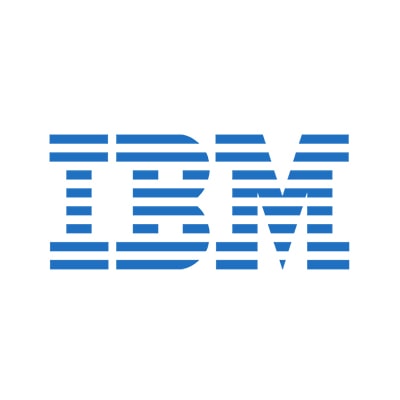IBM AND RED HAT PUSH THE EDGE
IBM has today announced its new Edge computing solutions to help enterprises and telcos speed their transition to Edge computing in the 5G era.
The announcement was made at IBM’s Think Digital conference which is ongoing. These edge solutions are attributed to a combination of IBM’s expertise in multicloud environments and Red Hat open source technology, which became part of Big Blue after its acquisition last year.
“In today’s uncertain environment, our clients are looking to differentiate themselves by creating more innovative, responsive user experiences that are adaptive and continuously available – from the data center all the way out to the edge,” said Denis Kennelly, general manager, IBM Hybrid Cloud.
“IBM is helping clients unlock the full potential of edge computing and 5G with hybrid multicloud offerings that bring together Red Hat OpenShift and our industry expertise to address enterprise needs in a way no other company can.”
Some of the new edge solutions announced by IBM at the conference include:
- IBM Edge Application Manager – powered by an open source project, Open Horizon, created by IBM engineers and designed to enable a single administrator to manage up to 10,000 edge nodes simultaneously.
- IBM Telco Network Cloud Manager – a new solution that runs on Red Hat OpenShift to deliver automation capabilities to orchestrate virtual and container network functions in minutes. This solution gives service providers the ability to manage workloads on both Red Hat OpenShift and Red Hat OpenStack Platform.
Big Blue also announced a portfolio of edge-enabled applications and services, including IBM Visual Insights, IBM Production Optimization, IBM Connected Manufacturing, IBM Asset Optimization, IBM Maximo Worker Insights and IBM Visual Inspector.
With IBM new edge services, Business Partners and open multicloud solutions, the tech giant stated that enterprises will be able to tap into the potential of 5G to support crucial uses like emergency response, robotic surgery or connected-vehicle safety features that benefit from the few milliseconds latency saved by not having to send workloads to a centralized cloud.
 / Daily News…
/ Daily News…
